Since we talked about Cool Whip in last week’s coaching tip and how to make your own whipped toppings using REAL ingredients, it got us thinking about pudding. I don’t know about you, but the combination of those two seem to go hand in hand.
That chocolate pudding just seems so lonely without a spoonful of whipped cream on top!
Growing up, we only made pudding from the instant version in the box, because why not?! It was so easy! And, of course, we topped it with a VERY LARGE dollop of Cool Whip!
Then the food companies came out with the little plastic pudding cups. I was so excited – now it was even easier! I loved them! So, when we had kids, they loved them too and it was one of our grab-and-go snacks. Things like this make me wish I could go back in time and do some things over again!
CONVENIENT, FAST, CHEAP
It’s no secret we live in a culture where many people want their food to be convenient, fast and cheap. So, to answer our demands, many foods in the supermarket today have been developed to provide just that — a quick hunger fix with ultra convenience!
What better example than ready-to-eat, shelf-stable pudding?!
Doesn’t everyone love these? Evidently yes. It’s estimated that over 600 million of these pudding cups are sold every year. And you can pick these up for less than $0.25 per container!
An added bonus is these handy little containers don’t require refrigeration. You can take them anywhere!
You know where this is headed, right?
Have you stopped to look at the ingredients in these “Snack Packs?” Here is an example:
Water, nonfat milk, sugar, modified corn starch, palm oil, less than 2% of cocoa (processed with alkali), salt, sodium stearoyl lactylate, natural and artificial flavors, disodium phosphate, yellow 5, yellow 6.
So, if this pudding is truly made with milk (the package says “MADE WITH REAL MILK”), we wondered, why doesn’t it have to be refrigerated? And why does it have less than 1 gram of protein?
Regarding the refrigeration, there is a process called “Ultra-High Temperature” (UHT) processing. Think of it like super-pasteurization – similar to what they do with shelf-stable milk. To keep it simple, the pudding is cooked a very high temperatures, killing off the bacteria, yeast and molds that could otherwise spoil the food. Right after cooking, the pudding is poured into sterile, airtight containers – usually plastic cups with a foil seal. Some brands use preservatives to help increase the shelf life even longer.
What about the milk? Since it has less than 1 gram of protein, there is actually VERY LITTLE milk. For comparison, one cup of milk has 8 grams of protein. So, you could estimate that there might be 1 to 2 Tbsp of milk. Not to mention, there are 12 grams (or 3 tsp) or more of added sugar in one snack pack pudding cup!
So, despite the encouraging “made with REAL MILK” claim on the front, it’s more appropriate to say, “made with a little milk, along with some sugar, stabilizers, thickeners, and artificial flavorings and coloring.”
Sure, these snack packs can be convenient, but at what cost? Is it really worth it?
Is the Box Better?
Now, you may be thinking, “Whew, glad I always buy the boxed version and make my own! Then, I know it has REAL milk in it!”
We hate to be the bearer of bad news. Unfortunately, the “make your own” version from the box is not much better! Its ingredients include:
Sugar, Modified Cornstarch, Cocoa Processed with Alkali, Sodium Phosphate, Contains Less Than 2% Of Tetrasodium Pyrophosphate, Natural and Artificial Flavor, Salt, Artificial Color, Mono- And Diglycerides, Red 40, Yellow 5, Blue 1.
Are you ready for the good news?
It’s super easy to make your own…with REAL ingredients!
And it’s really delicious too!
Believe it or not, you can make a homemade version with just a few simple ingredients and 5 minutes! We have taste-tested and put together four homemade puddings that met our criteria of easy-to-prepare, great-tasting, affordable and good for you! Here are the results from our taste test:
The First Place Winner:
Chocolate Peanut Butter Pudding!
We all loved the various levels of flavor and the texture of this one – the banana, chocolate and peanut butter…rich and creamy…delicious!
Plus, the cacao nibs and nuts added a nice crunch! Don’t tell the kids — we have yet to spill the beans about the avocado!
Second Place tie:
Bananas Foster originated in New Orleans and is typically made with cooked bananas and served in butter, brown sugar and rum sauce. This is a healthier and absolutely delicious version turned into pudding cups!
We enjoyed them the first night warm, and then leftover the next night chilled. Which did we like better? We honestly can’t decide…both ways were fantastic!
Banana and peanut butter – yummy, smooth and even better with sliced strawberries on top!
Whether or not you are a tofu fan, it serves as a great base for this pudding. But don’t freak out…no one will know…the banana and peanut butter flavors come shining through!
Third Place:
We liked the rich chocolate flavor, although some may be able to detect a small hint of the avocado…but probably not enough to even determine what it is!
You can easily adjust the amount of cacao and sweetness to satisfy your taste.
More Ideas! Have you discovered chia seed pudding?
When added to homemade puddings, chia seeds turn gel-like, similar to tapioca, and help create an incredibly delicious pudding! So easy to make the night before, and then you have a grab and go super satisfying snack or even breakfast!
What are chia seeds?
These tiny seeds are the edible seeds of the chia plant. Chia seeds are packed with fiber, high-quality protein and omega-3 fatty acids — a ton of nutrients in one tiny package! They can improve digestive health and can help reduce the risk for chronic disease and diabetes. And because of their ability to absorb liquid and become gel-like, they can be used in puddings, baked goods, to thicken sauces, and can even be combined with water to make an egg substitute in some recipes.
We have several fantastic chia seed pudding ideas for you to try including:
If you haven’t already, give homemade pudding a try and then please share your successes and flavor creations with us!
“Folks, this ain’t normal” quote comes from an author whose books we have enjoyed, Joel Salatin.
 LEARN MORE ABOUT THE NAPKIN!
LEARN MORE ABOUT THE NAPKIN!
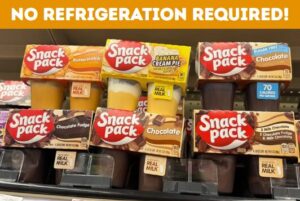
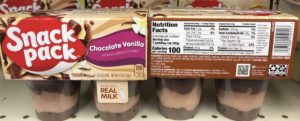
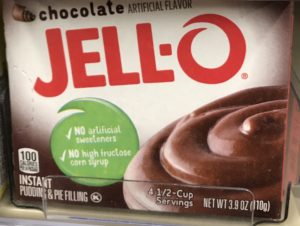
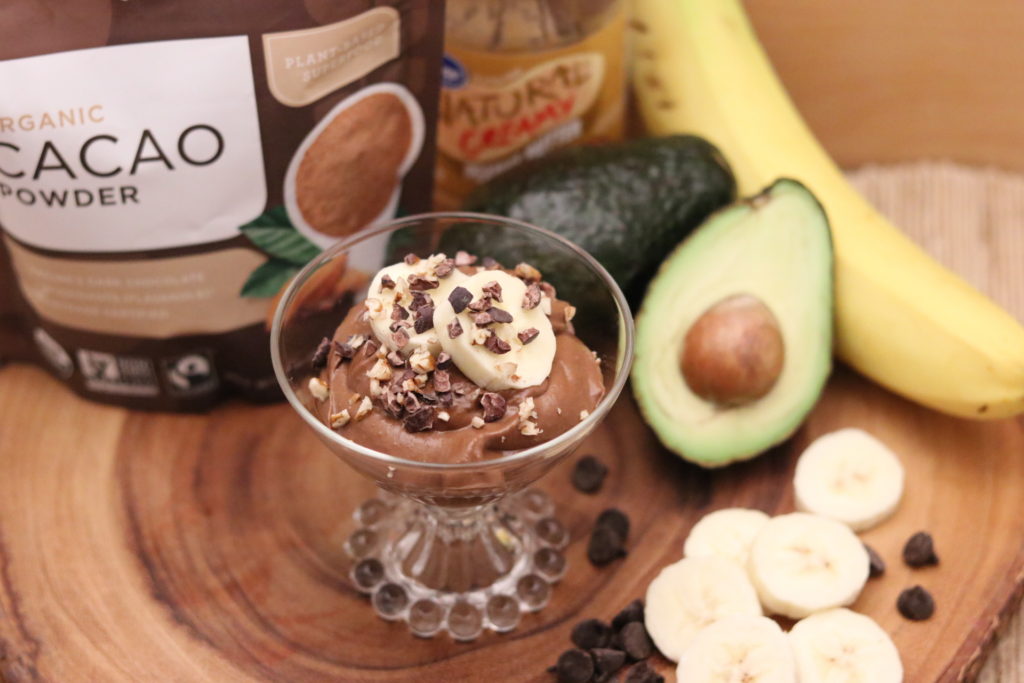
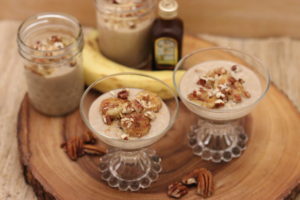
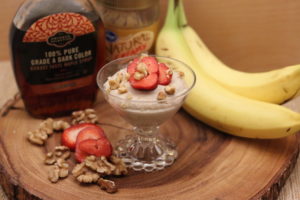
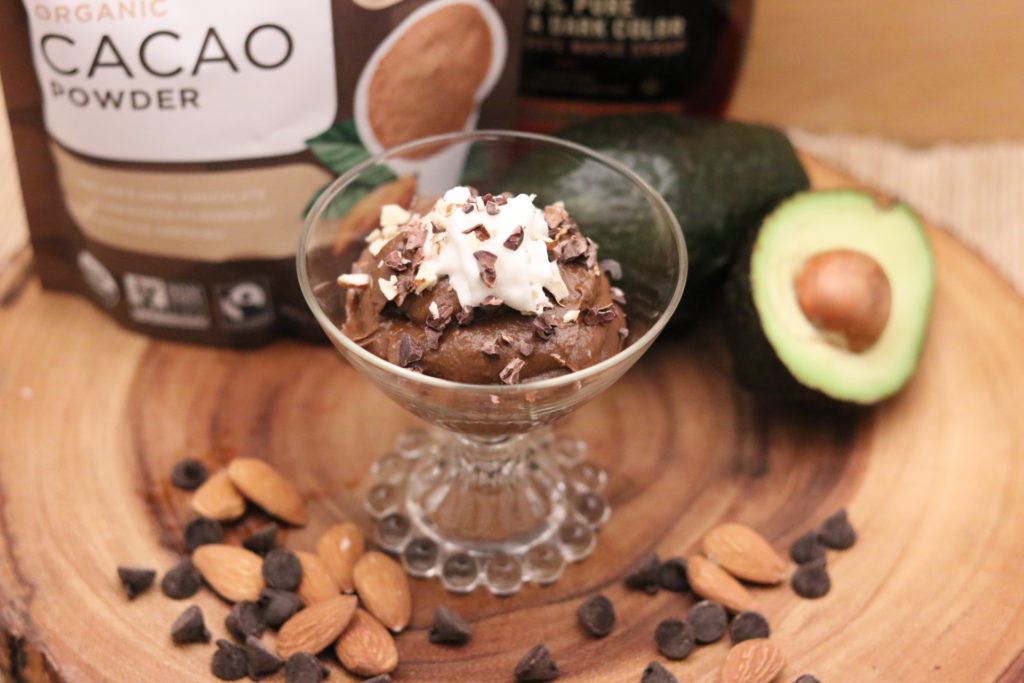

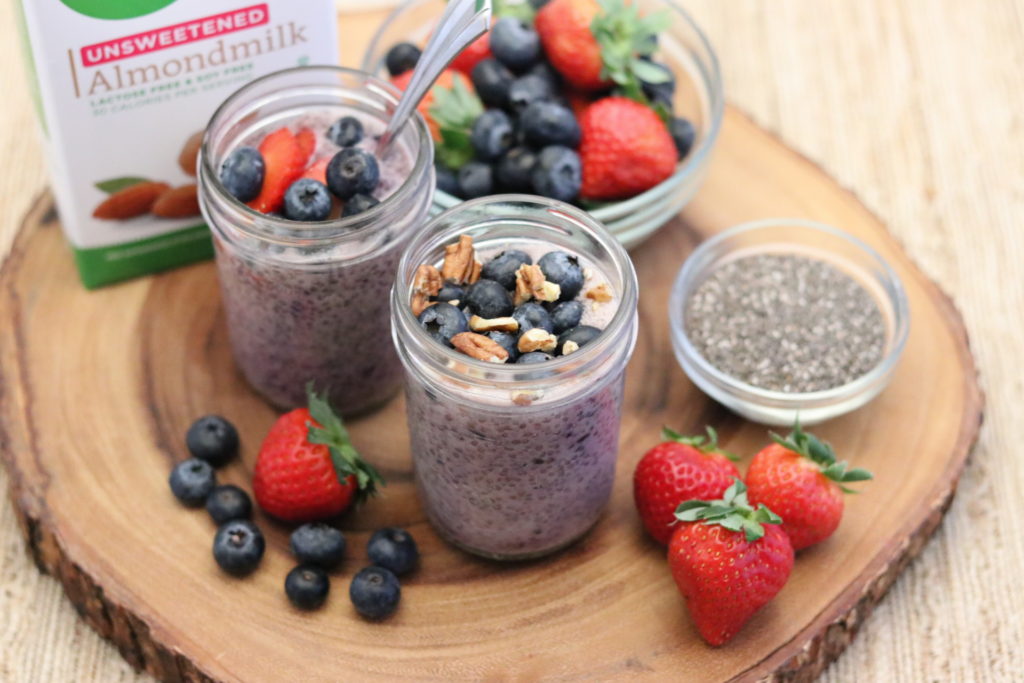
Wow, great info! Years ago I ate those pudding cups you talked about. They were convenient and tasted great like you said. Can’t wait to try some healthy pudding recipes!
I completely agree about wishing I could turn back the clock with what I fed my kids when they were young! I wish I had known all I know now.